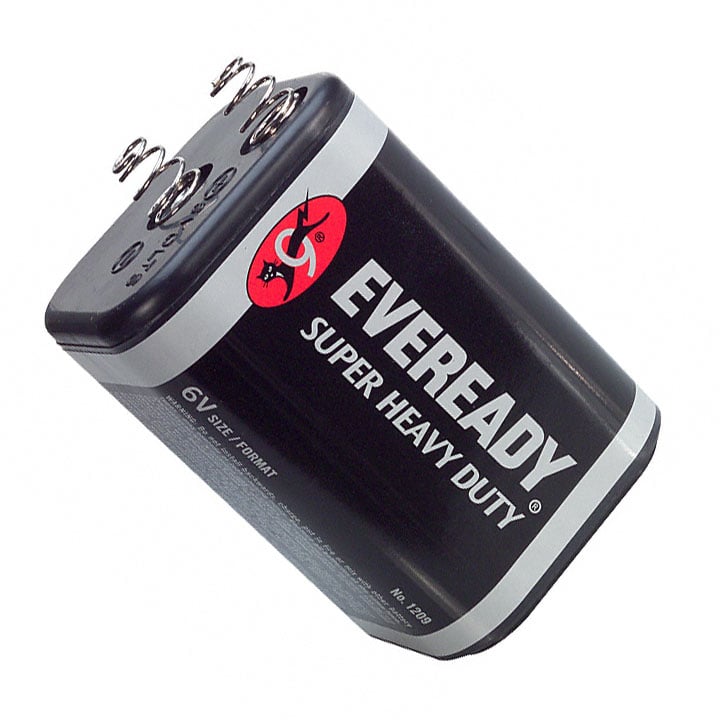Eveready® Series, Batteries Non-Rechargeable (Primary)
Results:
9
Manufacturer
Series
Size / Dimension
Capacity
Battery Cell Size
Termination Style
Voltage - Rated
Battery Chemistry
Results remaining:9
Applied Filters:
Eveready®
About Batteries Non-Rechargeable (Primary)
Non-rechargeable (primary) battery cells are electrochemical storage devices intended for disposal once depleted. These single-use cells generate energy through an irreversible chemical reaction when subjected to a load, offering stable long-term energy storage properties. Primary cells are generally more cost-effective compared to rechargeable (secondary) batteries of similar capacity. Certain types of primary batteries, such as alkaline cells, are susceptible to leakage and corrosion over time, particularly when fully discharged.









